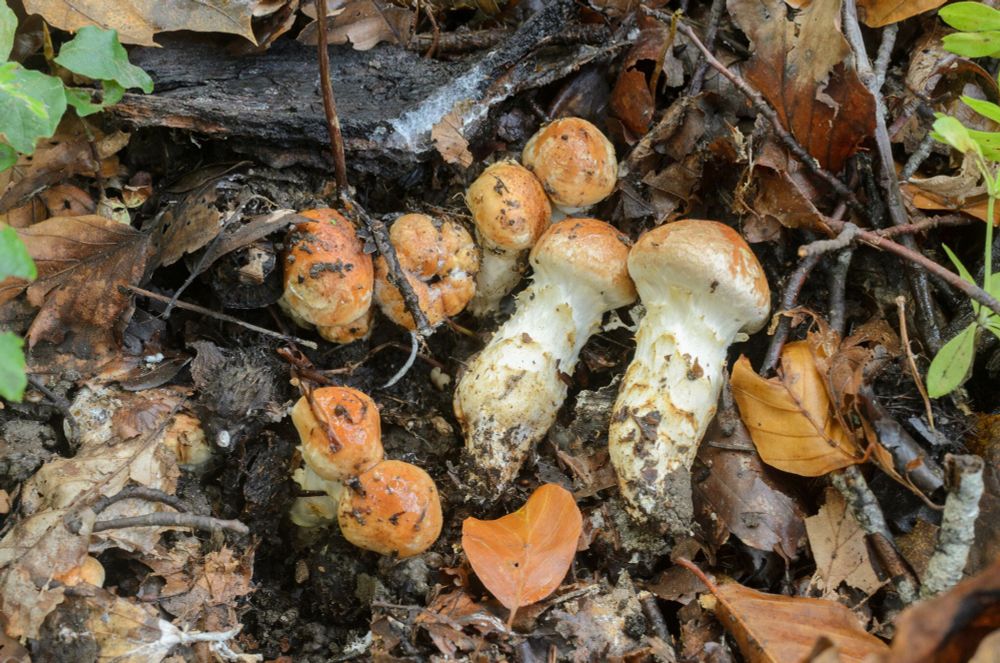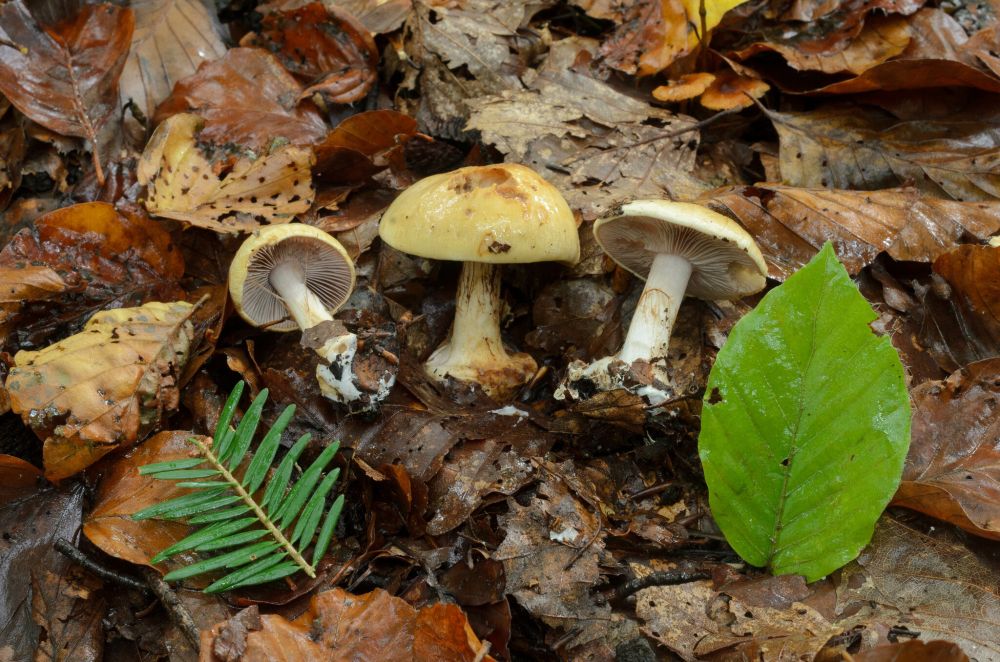Passionnate about every detail of nature 🌿🍄
C. (Cort.) spilomeus, C. (Hygr.) renidens, C. (Cort.) caperatus and C. (Cort.) subtortus




C. (Cort.) spilomeus, C. (Hygr.) renidens, C. (Cort.) caperatus and C. (Cort.) subtortus











































